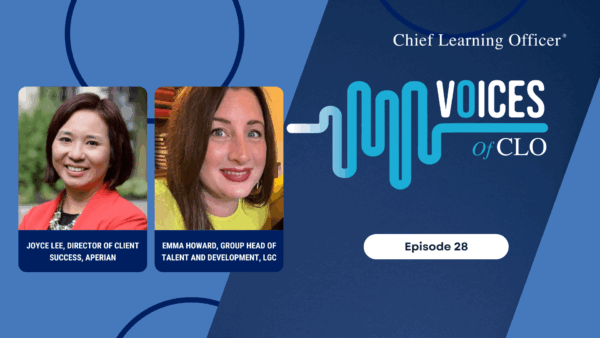Jeanne Meister interviewed Allison Anderson, manager of learning and development and leader of Intel’s learning and development community of practice, about Intel’s enterprise social networking platform, Planet Blue.
Jeanne Meister: What did you have to do to justify your investment in Planet Blue?
Allison Anderson: As far as the investment goes, we look at it as the total percentage of our IT budget. In this case, we spent less than 1 percent of the budget. Our social computing program manager worked with finance to come up with a model that recognizes the soft metrics of the implementation (i.e., improved performance by teams using Planet Blue) rather than a straight dollar-based ROI.
One of the early users of Planet Blue was a team in our sales and marketing area. They were able to use Planet Blue to more easily generate new ideas for cost savings. In this case, one of the ideas generated provided an immediate return on investment that covered the entire cost of Planet Blue.
JM: How many communities existed before the launch of Planet Blue?
AA: Before Planet Blue, we had a fragmented social computing landscape. We had a blogging community and over 200 separate wikis, but we didn’t have a global infrastructure for bringing it all together. We didn’t have any way of counting the number of communities that existed because they were run off of many different platforms.
JM: How many have grown since the launch?
AA: We launched Planet Blue in March 2009, and we just recently saw community No. 1,000 created. By November of 2009, we had over 87,000 contributions and over 4 million visits. These communities cover such areas as recent college graduates, volunteer instructors, learning and development professionals and career development alumni.
As an enterprise tool, the communities on Planet Blue go well beyond the field of learning. We also have technical forums, product engineering groups, departmental groups and project-focused groups.
JM: What does it take to start a community? Is there training?
AA: Starting a community is as simple as filling out an electronic form. We support our community managers by using the tool itself and practicing peer support. We are developing new training materials and plan to implement training sessions in 2010. Some groups take this even further. Our sales and marketing group, for example, developed what they call Digital IQ training for their employees.
JM: Does anyone monitor communities?
AA: There is no one that is reading all of the posts and policing the content. Community owners are responsible for keeping tabs on a community and resolving or escalating issues that come up. Within Planet Blue we also have ambassadors. These are Intel employees who ensure the communities meet their goals and that members act in accordance with our standard code of conduct guidelines. We expect employees to communicate just as they would in e-mail, on the phone, in a conference room. For the most part, we believe in the idea of self-policing.
JM: If you are a leader of a community, is this a part of your performance reviews and management?
AA: This really depends on the community. For example, I’ve been leading my community of practice for almost 10 years. It has always been in my performance review.
JM: Are there any incentives for folks to join a community and participate early on? Do you think this is important? Why?
AA: Incentives are critical. The ones we value most are those that are directly related to increasing each employee’s performance, such as ensuring increased channels of communication, providing faster access to answers and more easily accessing a network of peers.
Overall, we believe the most important benefit is for participants to see the business value in a community. They must be able to answer “what’s in it for me.”
















